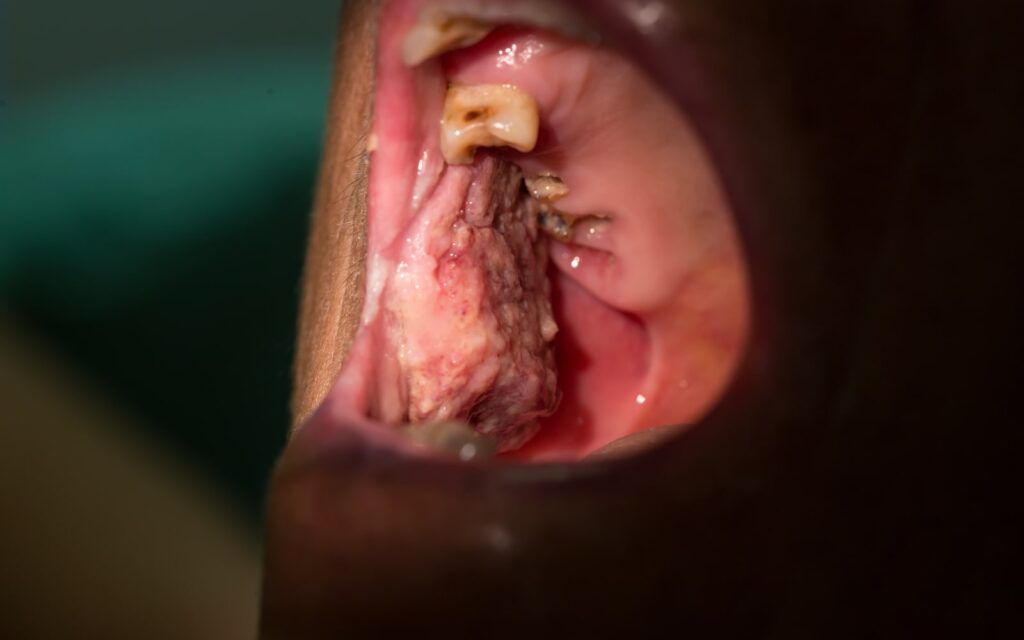Oral cancer is one of the oral health concerns that your dentist checks for every time you’re in their office. This is typically done quietly and only brought up if a problem is identified. One approach to managing this when it appears is endodontic work. Oral cancers can be life-threatening, and you must start treatment as soon as possible. For all the risks that oral cancers can pose, they can also be treated easily if caught early. We’ll talk about how your dentist will identify and diagnose this disease.
How Dentists Identify Oral Cancer In Patients
There are several tools your dentist can use to help diagnose a suspected instance of oral cancer. The first examination is generally visual, looking for signs of the disease. This can include polyps or discolorations occurring in the mucous membranes of the mouth. When oral cancer is suspected, your dentist may perform the following tests:
- Oral Brush Biopsies – This process involves taking a small sample of tissue from the suspected area. The extracted sample is sent to a lab for analysis.
- Endoscopies – This is a common way of identifying the presence of tumors. Small flexible tubes are used to check the interior of the throat and mouth. A lens is attached to the end of the tube to aid in identifying the tumor and its properties.
- Barium Swallowing Tests – Barium is a special substance that appears on x-ray imaging equipment. The patient will swallow a small portion of the liquid and perform imaging as they do. Signs of blockage indicate the potential presence of oral cancer concerns.
- HPV Testing – Certain forms of oral cancer are caused by a disease known as HPV. Testing the patient for the presence of human papillomavirus can help determine if the suspected symptom is cancer.
Your dentist may order additional testing. In many cases, another specialist will perform these outside the office. These tests include CAT Scans, x-rays, and MRI scans. These tests can identify important information about the target area. This can include the location of cancer, how far its spread, and how quickly. This can help identify the form of cancer and provide potential treatment options.
Understanding The Types of Oral Cancer
Several forms of cancer can occur in the oral cavity. These include lymphoma, which forms in the lymph nodes inside the mouth. Mucosal melanoma can affect any of the membranes in the oral cavity and is one of the most frequently occurring. A sarcoma is a cancer that impacts the mouth’s blood vessels, nerves, fat, and fibrous tissues. Minor salivary gland cancer forms within the salivary glands located in the oral cavity. These conditions can be addressed successfully if caught early in their progression. This is one more reason why regular visits to your dentist are essential if you intend to maintain ongoing oral health. Call your dental provider for your next appointment today.


